The Birth of Expressionism
Most people agree that Expressionism is the first authentic avant-garde movement, which developed in Germany in the 20th century. In Expressionism, nature is not captured as it is in reality, but through the artist’s emotions and inner world. This new Expressionism movement focused on the unique vision of the artist, and aimed to express thought or emotion in the work of art, regardless of style. The name of this artistic movement came about because of an exhibition of paintings by the French artist Julien Auguste Herve, which he labeled as “expressionisms”. Also, Louis Vauxelles, the fine art chronicler of the famous newspaper Le Figaro, defined Matisse’s paintings as “expressionist”.
The Expressionist artists wanted absolute creative freedom and used expression rather than realistic form. The result was a spectacular genre of highly saturated and revolutionary artwork.
Expressionism Pioneers
The concept of Expressionism was applied in many branches of art such as painting, literature, music, cinema, architecture and sculpture. It was adopted by many artists, such as Edvard Munch, James Ensor, Oscar Kokoschka, Franz Kafka and Robert Weine who played pioneering roles in this movement.
Van Gogh is considered a pioneer of modern Expressionism, just as Cezanne is considered a pioneer of Cubism and Gauguin of Symbolism. All these movements began as an alternative to Impressionism. Unlike the other avant-garde movements which developed in France and Italy, Expressionism appears especially in the Nordic and Slavic countries. It was particular abundant in Germany, where the movement was created.
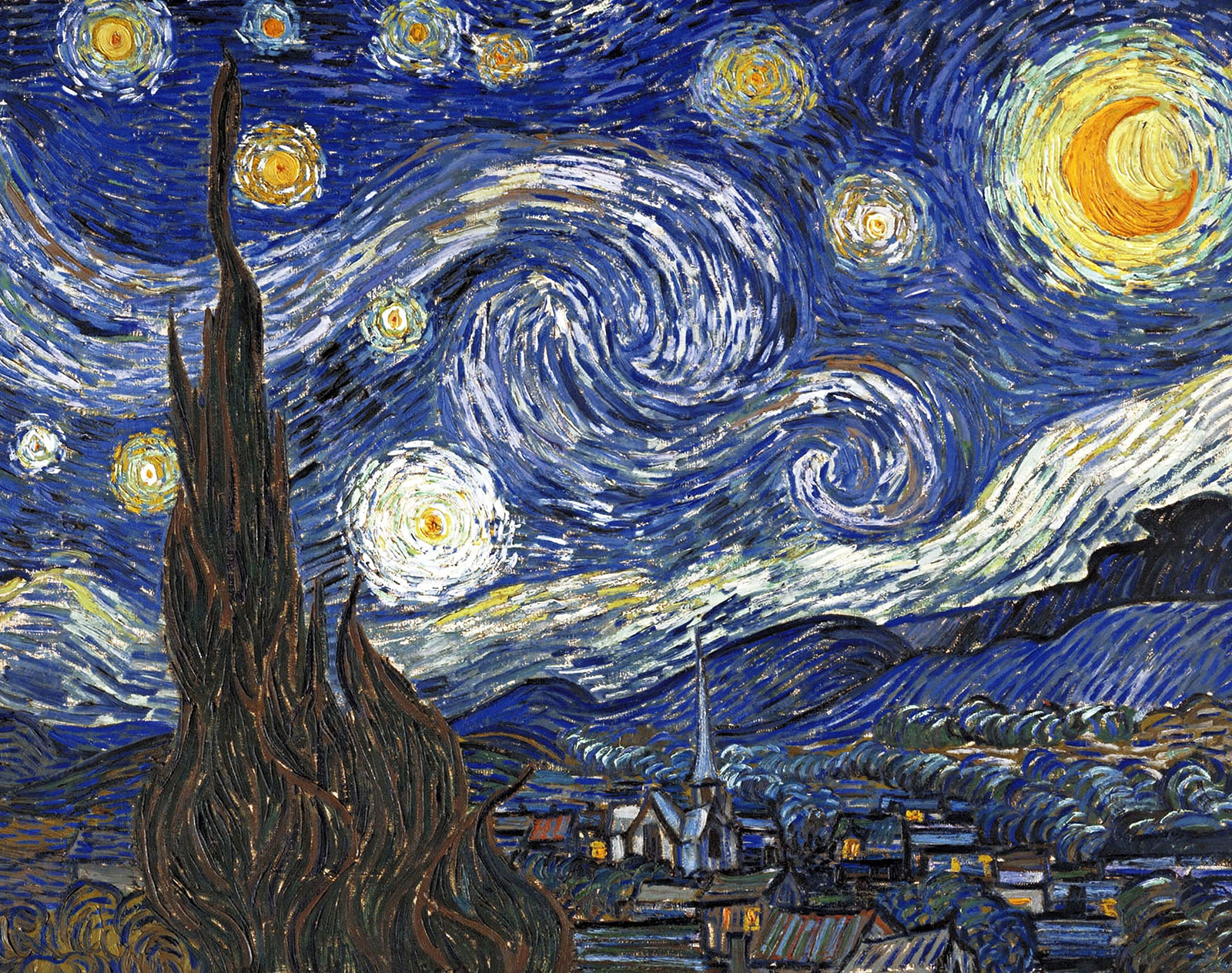
Founded in Germany, the groups Die Brücke (The Bridge) and Der Blaue Reiter (The Blue Rider) played an important role in the emergence and development of this movement. Expressionist art preserved the traditional themes but presented it in a new way, through excess of color, the strident, contrasting chromatics, broken lines and curves. This aesthetic also had its affect on literature, which mainly cultivated the chilling, therefore strident, experience of the ego’s aspiration towards the absolute.
The Germans Kirchner, Schmidt-Rottluff, Pechstein, Macke, Marc, Heckel, Grosz, Beckmann, Barlach, Dix, Nolde, the French Rouault and Gromaire, and the Austrian Kokoschka, are the most well-known European Expressionists. There were also the Mexican Expressionists Siqueiros, Orozco, and Rivera.
What Is Expressionism?
Expressionism in painting is rendered through lines, distorted shapes and exaggerated colors. The famous painting “The Scream”, painted by Edvard Munch, is one of the most important and well-known representatives of the Expressionist movement, because Expressionism was generally considered to be a scream, a shout against the norm. As Kandinsky declared, “through a corner of nature,” art actually reveals the spiritual world of the artist, who recreates the world from images conceived in his soul.
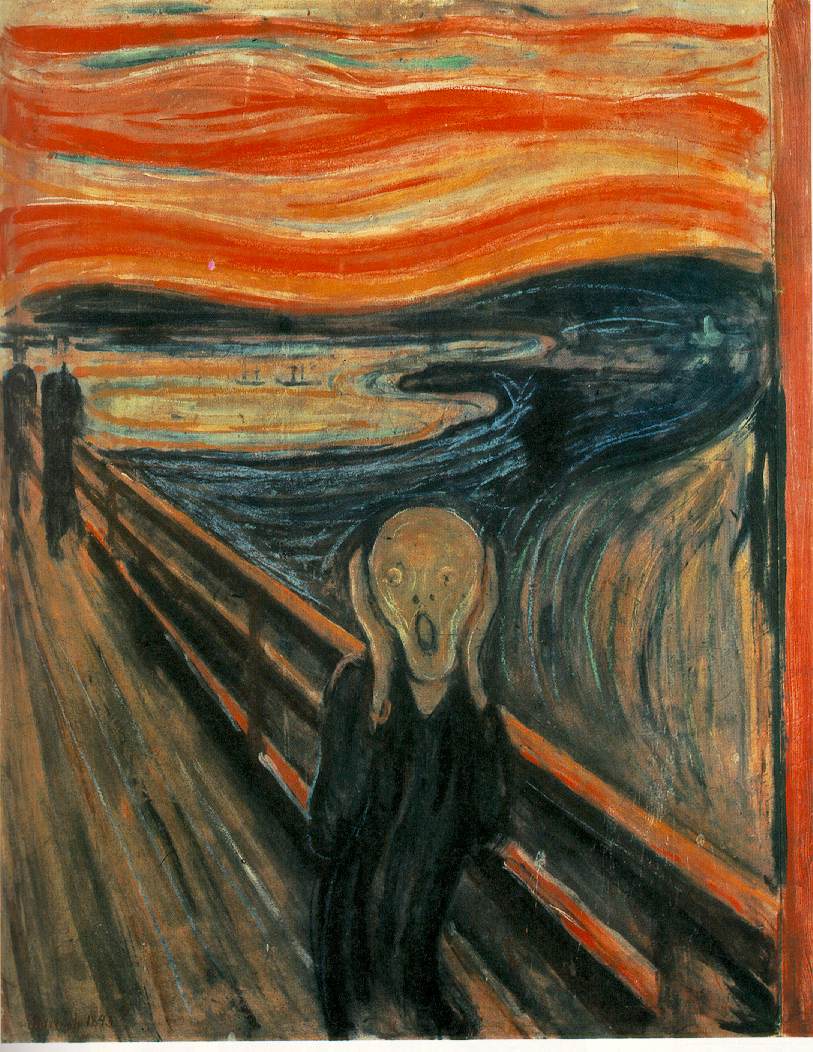
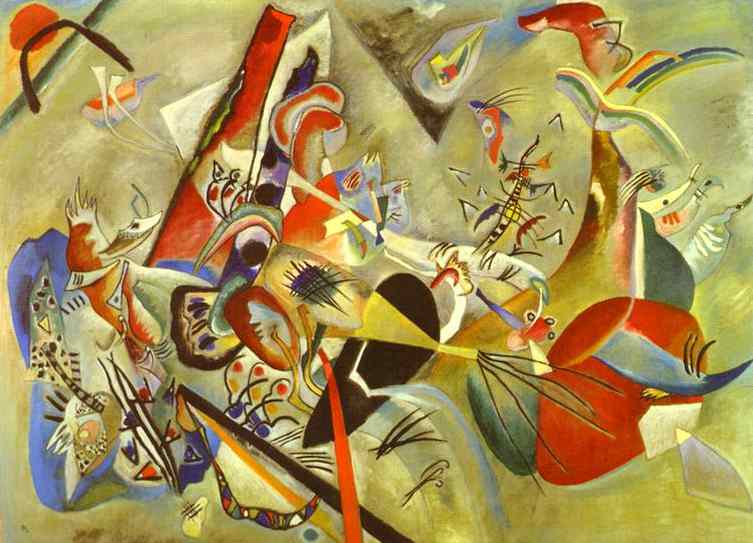
What Defines Expressionism?
Some of the defining elements of Expressionism art are:
- the permanent need of absolute, aspiration towards the ideal
- the annulment of the old dogmas of realism that do nothing but capture the factual, logical realities of life, in favor of the search for a spiritual reality
- the search for the original, the uncreated
- the return to the primordial, to the origins, to the mythical universe
- the existential tragedy caught and overcome once the being manages to reach the absolute, by spiritualizing the feelings, these becoming cosmic, metaphysical
- favorite themes and motives: metaphysical sadness and anxiety, despair, absence, nothingness, death, ego disintegration, hallucinatory nature
- cultivated aesthetic categories: fantastic, macabre, grotesque, mythical, magical
- poetic images are vivid, strange, contrasting like expressionist paintings
- language is sometimes violent, shocking
What Are The Two Branches of Expressionism?
From the point of view of the subjective moods expressed by the artists, there were two branches in Expressionism: one mystical and the other implying social militancy in the name of a creed. The latter played an important role in social struggles, in the fight against war and in the assertion of the current sentiment in Europe and other continents.
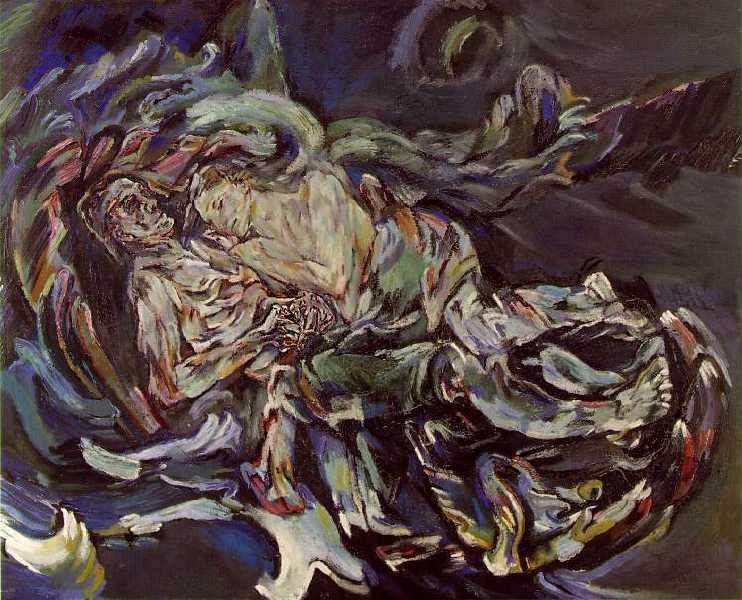
How Expressionism Has Expanded
There is also an Abstract Expressionism movement, also known as “Gesture Painting” or “Action Painting”, which is based on European Abstractionism derived from Cubism, Futurism, Orphism, Reionism.
Nowadays, Expressionism continues to influence artists who identify with Cubist, Minimalist and Futuristic approaches.
More reading
Other sources of information on Expressionism:
- Wikipedia – Expressionism
- Tate Art Gallery – Expressionism
- Britannica – Expressionism
- Edvard Munch Quotations
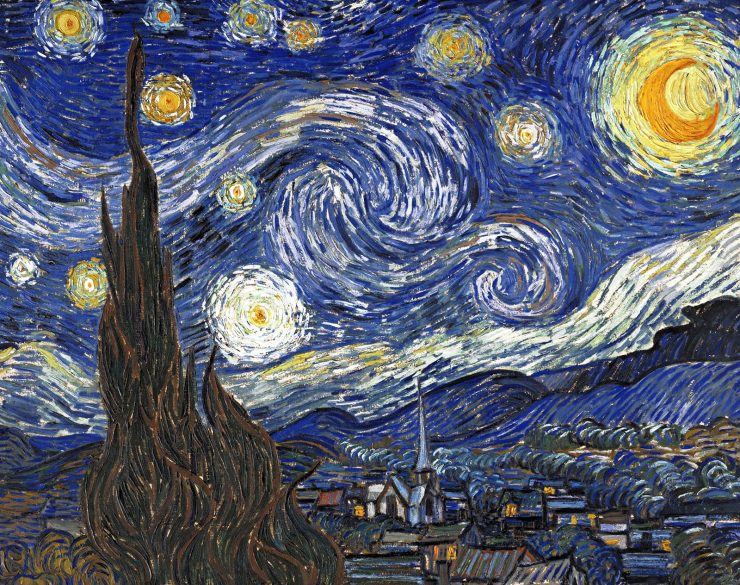
Great post, you have pointed out some excellent points, I as well believe this is a very superb website.